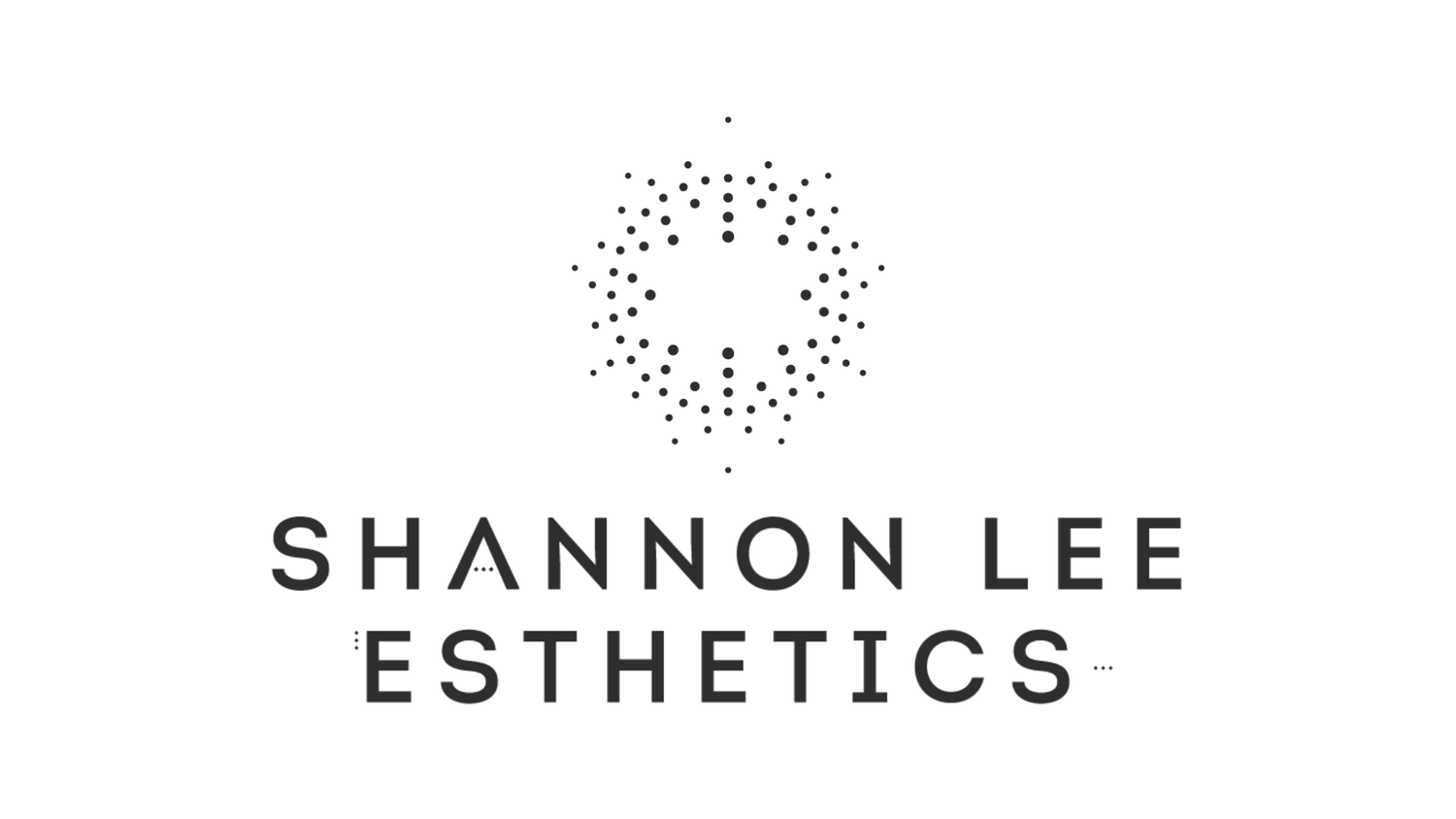Dairy Dilemma: Choosing the Best Milk for Acne-Prone Skin
Ah, acne. That frustrating skin struggle so many of us face. We know it’s complex – influenced by genetics, hormones, lifestyle, stress, and, yes, diet. And while we can’t control every factor, we can choose what goes into our body. So, if your skin’s feeling rebellious, your choice of milk might just be adding to the drama! Let’s break down what your favorite milk might be doing to your skin and how you can make a smarter choice.
Whole Milk 🐄: The Classic Choice… but Is It Helping?
Whole milk is a staple in many diets, providing protein, calcium, and essential vitamins like B12. For the skin-conscious, though, whole milk has some downsides. It naturally contains hormones, which are known to impact the body’s own hormone balance. And for people prone to acne, even small shifts in hormones can lead to increased sebum production. Too much sebum can quickly turn into clogged pores, which means – yep, breakouts. Plus, whole milk may raise insulin levels slightly, which has also been linked to higher oil production. If you’re seeing more breakouts, it might be time to rethink that glass of milk.
Oat Milk 🥛: Creamy, Non-Dairy, and Acne-Friendly?
Oat milk has quickly become the go-to choice for coffee lovers and health-conscious folks alike. It’s creamy, versatile, and rich in beta-glucans – fibers that can support gut health and, indirectly, skin health too. And unlike dairy milk, oat milk is hormone-free, which makes it a better option for those who are acne-prone. Just one watch-out: oat milk can sometimes contain added sugars, especially in flavored versions. Since sugar can spike inflammation levels, it’s best to opt for unsweetened oat milk if clearer skin is the goal.
Almond Milk 🌰: Vitamin E-Rich and Skin-Supportive
Almond milk is another popular dairy-free alternative, especially for those watching their calories. Its low-calorie profile comes with a bonus – it’s rich in Vitamin E, which is great for skin health. Vitamin E helps reduce inflammation and supports a glowing complexion, which makes almond milk an attractive option if you’re managing acne. However, be cautious of brands that add emulsifiers or other additives; these can sometimes irritate sensitive skin. Like oat milk, almond milk is best enjoyed unsweetened for maximum skin benefits.
So, Which Milk Should You Choose?
If you’re on the quest for clearer skin, oat milk and almond milk are worth a try. They’re free of the hormones found in dairy, which may help keep oil production in check. Whole milk might still work for some people, but if you notice more breakouts, switching to a plant-based option could be the way to go. Remember, clear skin is a journey, and small tweaks like this can make a big difference.
Until next time, keep sipping smart, stay curious, and keep those breakouts at bay!
Shannon Marks

